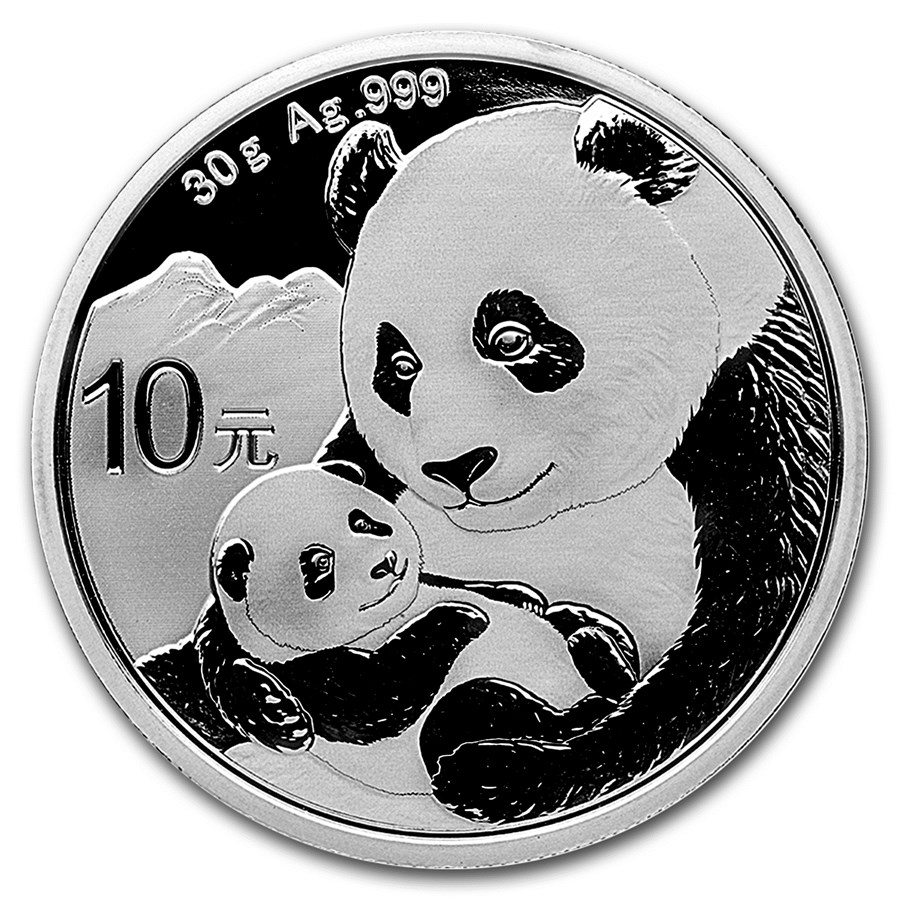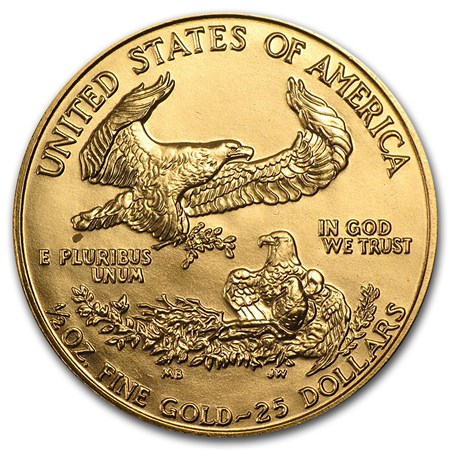Why are Coins Measured in Troy Ounces?
Posted by Toby Adkins, Numismatic Scholar for International Currency, L.L.C. on Oct 21st 2019
We can look back for thousands of years in history, especially in the bible, and see the seriousness of using "equal weights and measures". You've seen it represented (and satirized) in books and movies but the scales of Justice represent this concept best. It's no surprise that people have found ways to grab more than their fair share if they could. Over a thousand years ago, as world economies grew, money became a form of trade that would need to become standardized. Not everyone agrees on how this came to pass but the troy ounce was born.

The most likely source of monetary standardization that would be called the troy ounce was the Roman Empire. Their system used to break down bronze bars into 12 uncia (ounces) that roughly equaled 31.1 grams an ounce, the same as a troy ounce today. Though most experts agree with this, the name Troy ounce is attributed to Troyes, France where standard sizes were made for European trade 1,000 years ago. Still others want to attribute it to the apothecary system or even certain eastern dialects that used the word troi, which meant balance. Regardless of it's origin, the troy ounce is the standard unit of measurement for precious metals today. Even the United States Mint standardized our precious metal coins to troy ounces in 1828. The main difference between a troy ounce and a standard ounce is the weight in grams. A troy ounce is 31.1 grams versus 28.35 grams for a standard ounce.


So what is the future of troy ounces? New collectors often find this system confusing and there has been some push to move to the metric system! In 2016, the popular Chinese Panda Series stopped using troy ounces and started to produce their coins in sizes from 1 gram to 30 grams. Some bullion bars are also being produced using the metric system. However, the use of troy ounces is not going away any time soon. It is, and has been, the standard for far too long to abandon now. With more people collecting coins than ever before, the troy ounce will continue to make sure everyone is operating with "equal weights and measures."
